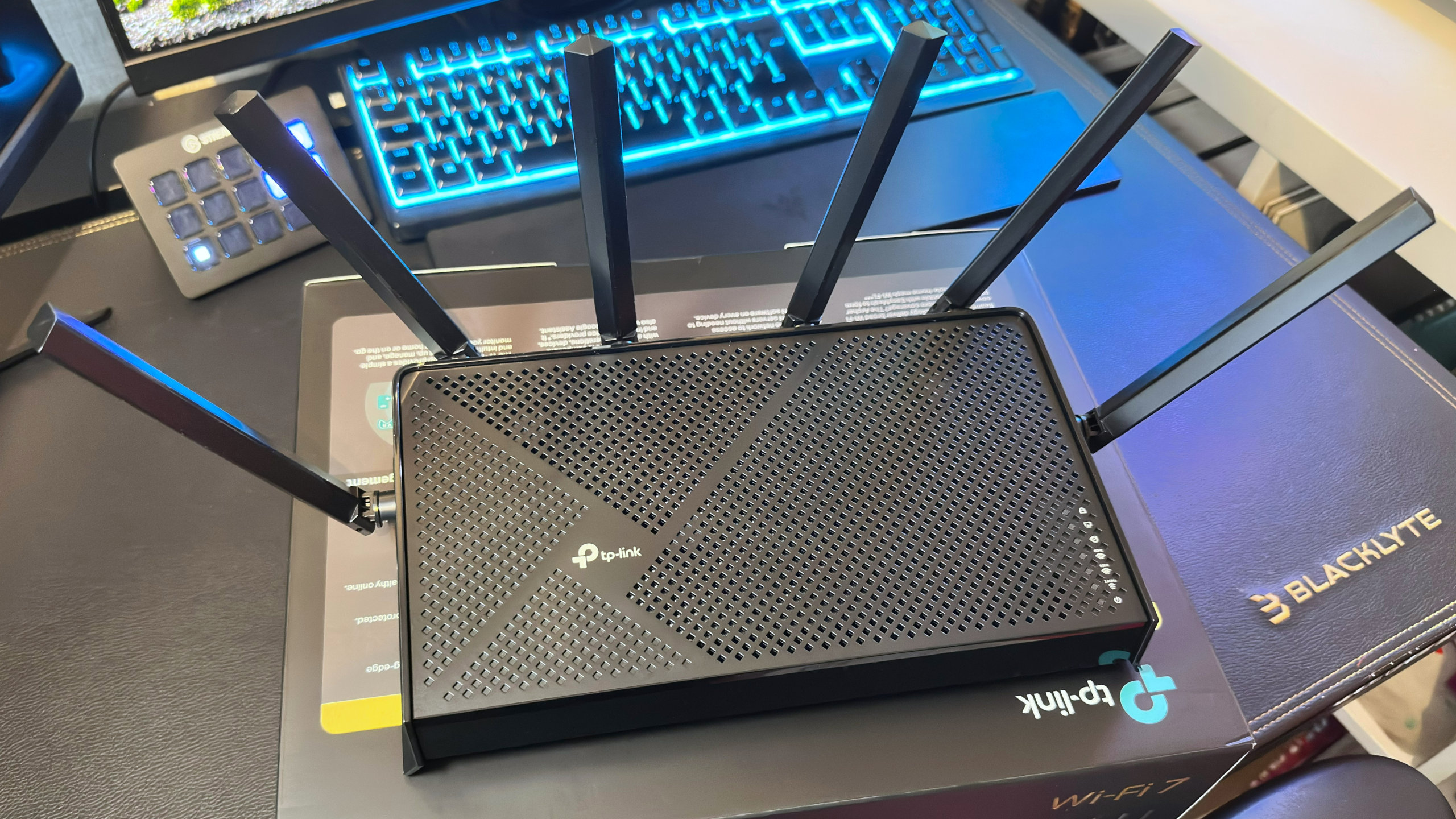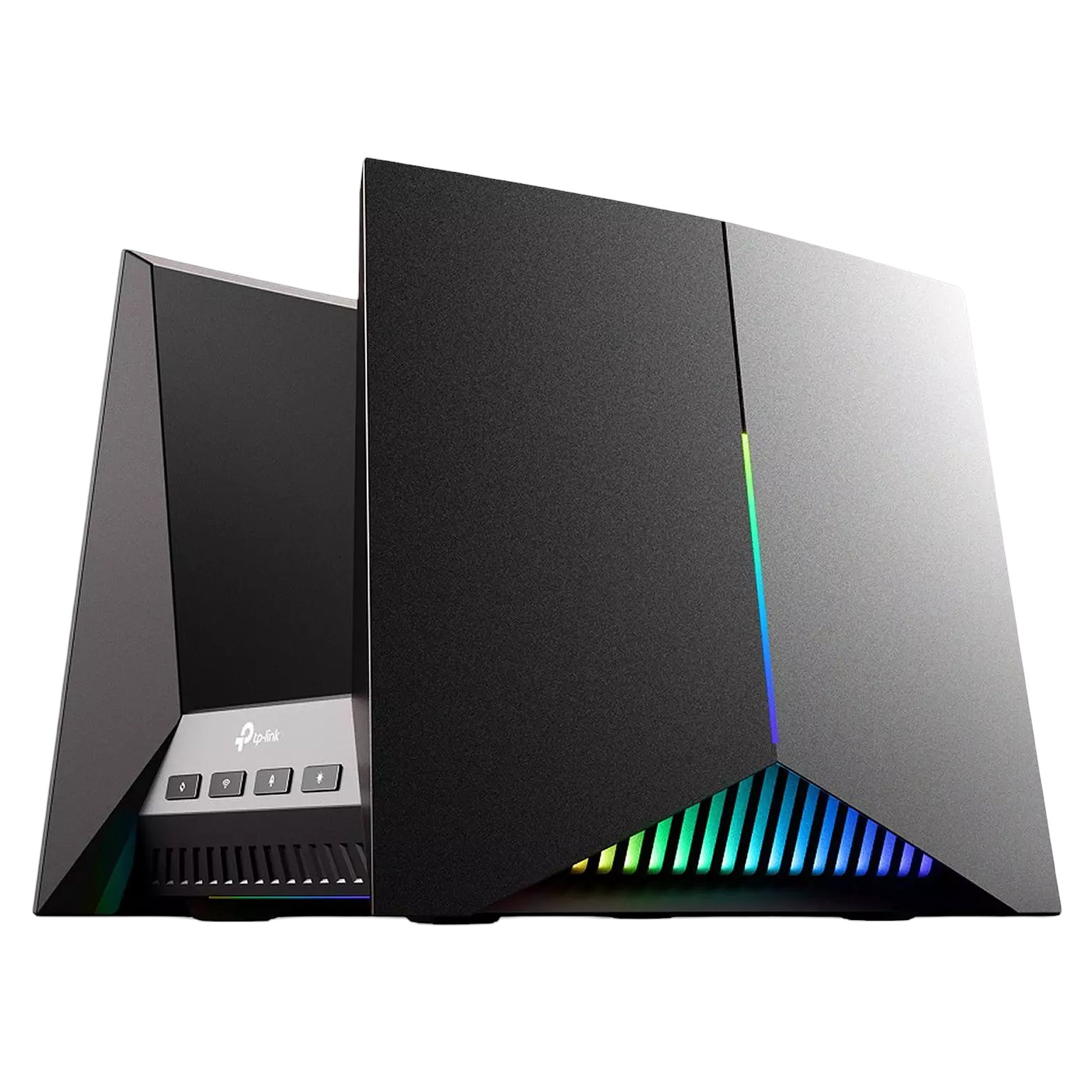If you’ve just purchased a modern gaming PC or upgraded your current one to an AMD Ryzen 9000 series or Intel Core Ultra 200S configuration, there’s a good chance you’ll also consider upgrading your internet router. This is all because such devices come with ultra-fast Wi-Fi 7 adapters, and if you have an internet connection of 1Gbps or faster, you’ll definitely want to enjoy blazing-fast Steam downloads if your home is connected to a wireless network.
What’s probably holding you back is the price of a typical Wi-Fi 7 router: the Netgear Nighthawk RS600 costs $400, and even its slower RS300 model costs $329, while Asus charges $350 for the RT-BE88U, which doesn’t support the full list of Wi-Fi 7 features. So if I tell you that the TP-Link Archer BE9700 has every Wi-Fi 7 trick in the book, five rapid LAN ports, easy-to-use interface and costs just 200 dollarsDoes this make you change your mind?
TP-Link Archer BE9700 specifications

Wireless standard: WiFi 7
Maximum speeds: 1032 Mbps (2.4 GHz), 2882 Mbps (5 GHz), 5765 Mbps (6 GHz)
Wireless network security: WPA, WPA2, WPA3, WPA/WPA2-Enterprise (802.1x)
Ethernet ports: 1x 10 Gb/s, 1x 2.5 Gb/s, 3x 2.5 Gb/s, LAN only
PALE: Above 10 Gb/s and one 2.5 Gb/s port
USB: 1x USB 3.0 type A
Dimensions: 268.6 x 153.0 x 47.6 mm (10.6 x 6.0 x 1.9 in)
Power consumption: 40W (max.)
Price: 200 dollars/194 pounds
It lacks theoretical peak data rates that would make your head spin. Don’t get me wrong: for most users, the Archer BE9700 will be more than rapid enough, but if you have a really rapid internet connection, the TP-Link router won’t be able to keep up with it.
To test each band’s wireless performance and MLO capabilities, I used two Core Ultra 200S gaming PCs, both with the same Killer Wi-Fi 7 BE1750x adapter, and tracked the data transfer rate between them via the router using iPerf3. Two situations were examined: in one situation, two computers and a router were in the same plane and 1.8 meters (6 feet) apart, and in the other, everything was on different floors in my house and the distance between them was just over 6 meters (20 feet).
As you can see, the Archer BE9700 performs well against TP-Link’s Deco BE68, but on the other hand it should be able to cope as it has a higher theoretical throughput. However, the “far” results suggest that despite all the external antennas and the relatively high power consumption of 40 W, the router does not handle distance very well.
It is crucial to note that everyone’s home environment is different and you may find that the Archer BE9700 performs much better in your home. It might as well be worse; it depends on so many factors that it’s almost impossible to determine how well a router will work in your home without testing it firsthand.
The MLO result was something of a surprise, both good and bad. Multilink works by having your router selectively transmit data on all three bands, dynamically switching between them to maximize throughput and minimize latency. If you add up all the speeds for each band, you get a value of 9679, hence the name Archer BE9700.
With a BE14000 rating, the Deco BE68 should be up to 44% faster than the Archer BE9700, and yet the close MLO scores are just 5% higher. However, this speed difference is noticeable in the results from a distance, and this is probably because the BE68 has more antennas than the Archer, even though they are internal.
I spent quite a bit of time tweaking the positioning of the external antennas, but noticed little difference in data transfer speeds, both near and far. I can only assume that there is some anti-Wi-Fi gremlin in my home, and especially in my office, that specifically complains about TP-Link’s Archer routers.
All that said, 5GHz and MLO speeds would be good enough to allow for a maximum internet connection of 1Gbps, which isn’t bad at all. And if it’s faster, you can always operate the Archer BE9700’s LAN ports. You get one at 10Gbps and four at 2.5Gbps, which is a decent amount in terms of both numbers and performance. The fastest port and one of the 2.5 ports can automatically switch to WAN mode, which is great for choosing whether you want a rapid network connection or a really rapid Ethernet network.
Buy if…
✅ You want rapid Wi-Fi 7 without the high price: While the Archer BE9700 isn’t a budget router, it’s much cheaper than most Wi-Fi 7 devices and isn’t particularly tardy either.
Don’t buy if…
❌ You need the highest speed of 6 GHz: There are many other Wi-Fi 7 routers and mesh systems on the market that are much faster, although they are much more steep.
Setting it all up is a piece of cake thanks to the browser-based settings interface. Unlike the two Deco mesh models included in the performance comparison, which operate a phone app for setup and configuration, the Archer is fortunately more conventional. Want a separate 2.4 GHz network just for IoT/shrewd devices? Need a discrete MLO network just for your gaming PC? No problem: just log in, click a few options and you’re done.
The whole thing is very attractive, and while I’m not a fan of the staid look of the Archer BE9700 (it’s better than the “alien mothership” vibe that some gaming routers have), I don’t really have much to complain about. If I had a much larger house, I probably would, given how quickly its efficiency declines with distance, but then I’d be looking at a mesh system instead.
If your home environment suits a TP-Link router and you don’t need blazing wireless performance, the Archer BE9700 is worth a place on your Wi-Fi 7 router shopping list.

Best Gaming Routers 2025



